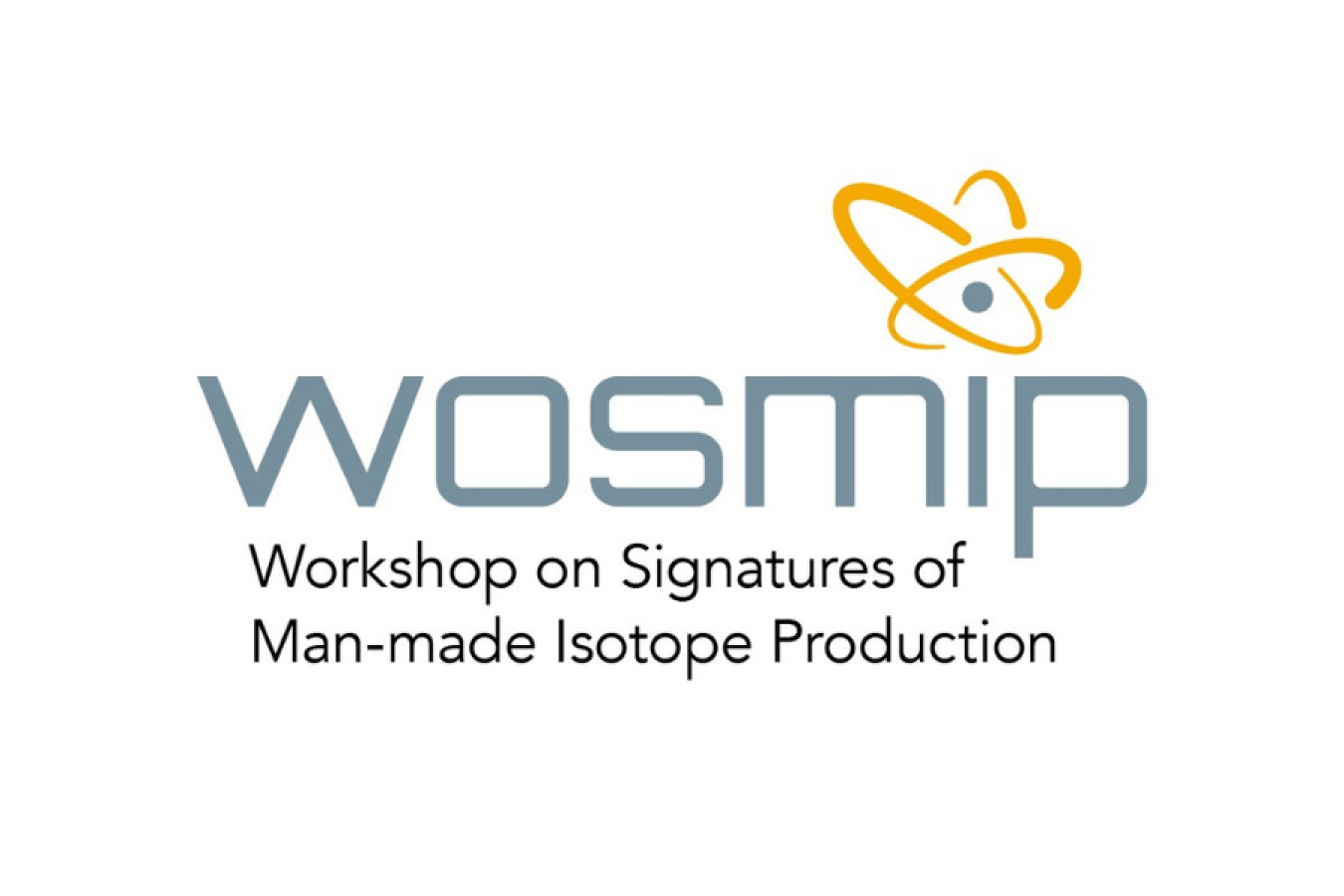Scientists from different disciplines and multiple countries meet to enhance detection
National Nuclear Security Administration
June 22, 2022
Scientists from different disciplines and multiple countries meet to enhance detection
Scientists from around the world are currently gathered in Stockholm, Sweden, to discuss the latest developments in a field designed to distinguish emissions from the production of life-saving nuclear pharmaceuticals from signals that could indicate a nuclear explosion.
The meeting, known as WOSMIP (Workshop on Signatures of Man-Made Isotope Production), has brought together scientists from two very different communities to discuss ways to maintain robust and effective nuclear explosion detection and monitoring networks to keep the world safer and more secure.
This workshop is organized and hosted by the Swedish Defense Research Agency and the Department of Energy’s (DOE) Pacific Northwest National Laboratory. Several other partners have helped to host WOSMIP in the past, such as the Preparatory Commission for the Comprehensive Nuclear-Test-Ban-Treaty Organization, Australian Nuclear Science and Technology Organisation, Argentina’s Investigación Aplicada, and the Belgian Nuclear Research Centre.
More than 100 scientists are taking part in the June 20-23 workshop, focusing on one issue: How to separate benign emission signals, such as gases released from the facilities that produce isotopes used in medicine, from other signals indicative of nuclear explosions.
The signals can look very similar, but the sources are vastly different. Medical isotopes, produced in sophisticated facilities around the globe, are part of physicians’ toolkits to detect heart disease, eliminate cancer, and treat a variety of ailments. But very similar signals come from emissions resulting from nuclear explosive tests that might signify a newfound nuclear threat.
This year’s workshop is the 10th in a series of workshops held since 2009, including two virtual meetings during the pandemic. These workshops serve as the principal meeting ground for scientists from the medical isotope and nuclear explosion monitoring communities to discuss ways to work together.
Scientists there are discussing characteristics of different sources of radioactive gas emissions, efforts to share information more fully, new ways to identify and monitor new types of emissions, and efforts to deploy sophisticated equipment around the globe.
A highlight of the meeting will be discussion of an initiative known as STAX, or Source Term Analysis of Xenon. STAX is a project focused on installing effluent measuring systems in the emission stacks of isotope production facilities. Scientists then use information from STAX to record levels of certain radioactive compounds released into the atmosphere. That then informs scientists about radioactive emissions from industrial sources and helps in distinguishing them from an unexpected spike that may result from a nuclear explosive event.
The project is supported by the Department of State’s Nonproliferation and Disarmament Fund, DOE’s Office of Nuclear Verification, and the Defense Threat Reduction Agency. STAX systems have been installed in Argentina, Australia, Belgium, the United Kingdom, and the United States.

